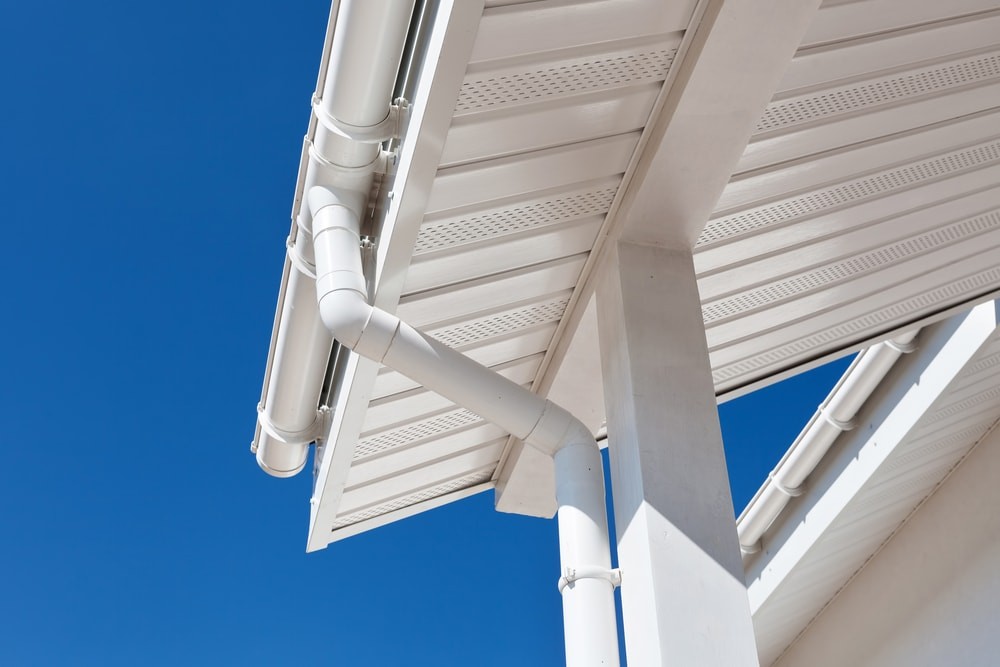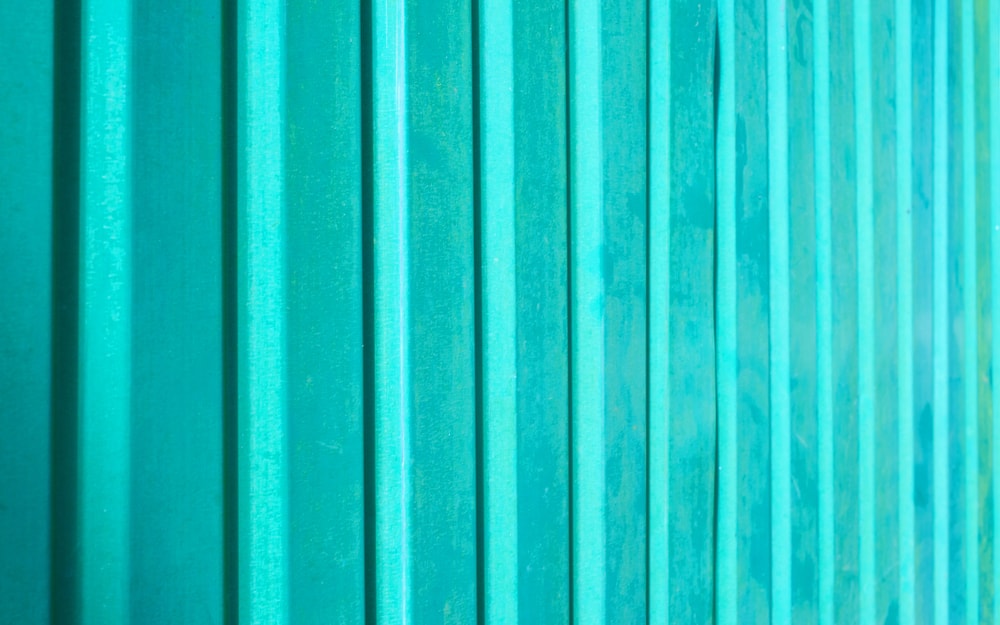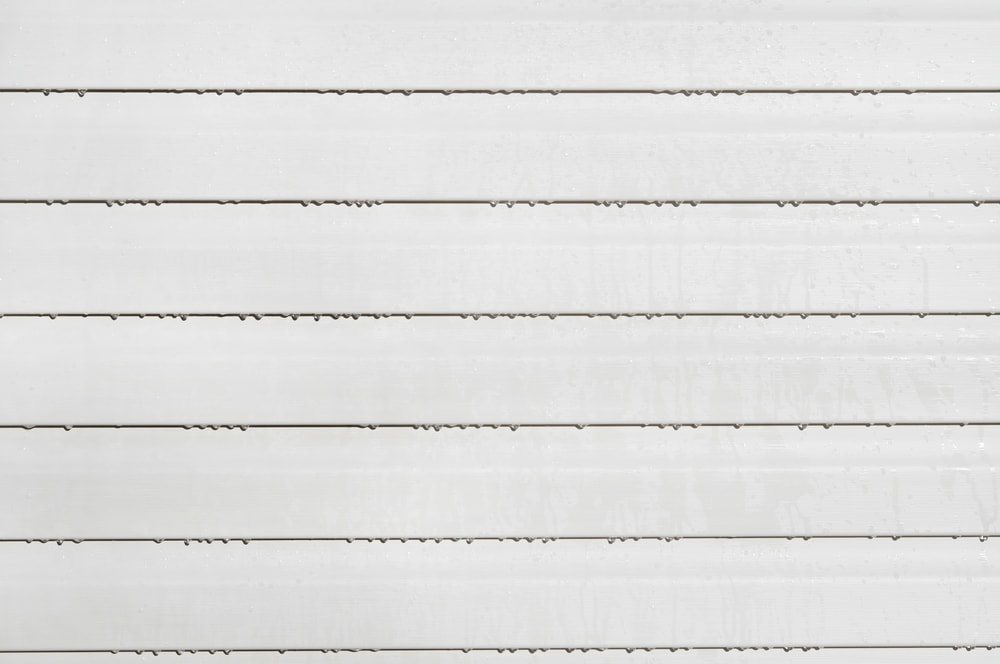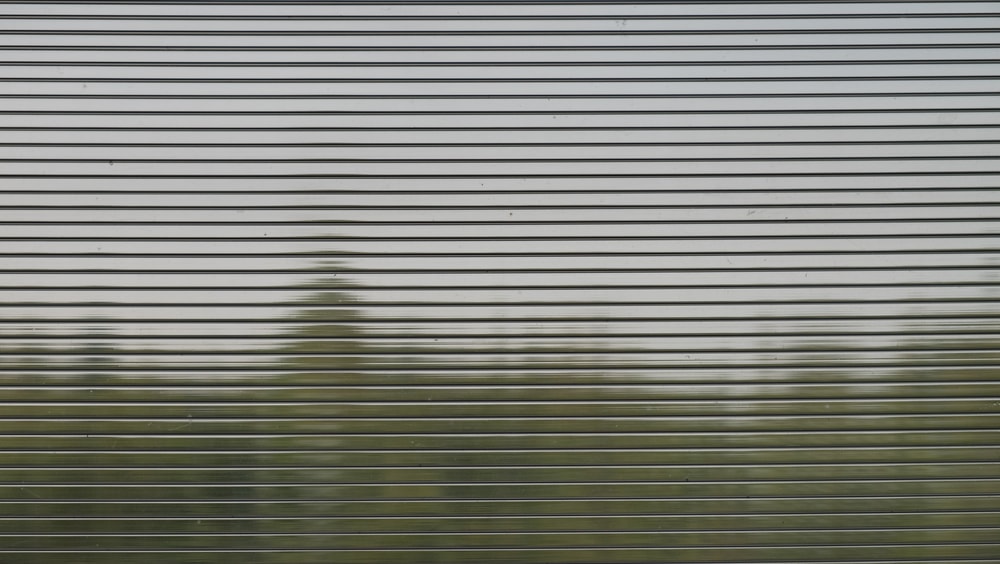Latest Posts
How To Clean Your Polycarbonate Clad Or Metal Wall And Roof Sheeting

Most people like to keep their shed clean. Not only does it make for a nicer, healthier environment, but it looks better, and generally speaking, keeping something clean also help preserve it for longer.
Rather than pay an expensive fee to have professional cleaners help out, it’s quite possible to make cleaning a part of your regular shed maintenance routine. So here’s how to keep your building’s materials clean.
1. Aluminium

Aluminium is a common material in sheds; particularly the soffits and other critical parts of the roofing. It’s also quite an easy material to keep clean.
1) Get a bucket and mix up your mixture
Mix together half a cup of dish washing or laundry detergent to half a bucket of warm water. You can add one or two tablespoons of bleach if you’re concerned about mildew or mould.
2) Get a ladder set up and stable
It’s important to be able to comfortably reach the soffit without leaning – particularly backwards. Make sure you set the ladder up so you’re reaching forwards to clean.
3) After scrubbing, rinse using the garden hose
Add a squeeze trigger nozzle onto the end of your garden hose, and turn the pressure on high. Rinse the area you just scrubbed to clear away dirt, but also to ensure that the surface is free of detergent and bleach.
4) Attack strong, stubborn stains
Attempt to remove the stains again, but this time with a nail polish remover and cotton ball.
2. Galvanized Metal

Within the house, galvanized metal can be used for a wide variety of purposes, all the way from the small screws that are used in wooden construction, right through to large sheet metal pieces on sheds. The reason that so much of a house will have galvanized metal in it is because it’s a highly versatile material that has been designed to provide protection against corrosion and oxidation, thanks to a coating of zinc oxide. That zinc provides a barrier to harmful corrosion and protects the metal underneath.
That being said, the zinc oxide can itself degrade, and then expose the metal underneath to corrosion. To keep the barrier intact, there are some cleaning processes that you should undertake:
1) Rinse The Metal
Clean off the large and loose debris by simply spraying the metal with some clean water from a hose. That debris can scratch the zinc oxide coating, so it’s important to do this regularly.
2) Wash with hot water
Mix four or so litres of hot water with ¼ cup of dishwashing liquid. Then, using a soft bristle brush and small circular movements, clean the metal. If you come across any hard water stains on the metal, the above mix won’t work. Instead try a water and white distilled vinegar solution, and apply that to the metal with a soft cloth.
3) Neutralize alkaline deposits on the metal
To combat any alkaline deposits on the metal, mix a solution of one part baby powder and two parts milk together. Using a small brush, scrub the surface of the metal with this solution.
4) Rinse, dry and wax
Finally, now that the metal is clean, you’ll need to rinse it with warm, clean water. Make sure there’s no soapy residue left, and note that this might take a while to complete. Next, dry the metal completely with a soft cloth. Make sure you don’t leave the metal to dry itself, as that will attract new dirt and water stains. At the very end, once every couple of cleans, apply a metal polish or paste wax to help to protect the zinc oxide from coating itself.
3. Weatherboard cladding

Weatherboard cladding is a very common material in sheds, because of the wooden siding effect that it creates. But you’ll need to look after it in order to uphold its aesthetic appeal, and ultimately maintain or grow the value of your shed.
1) Cleaning
A power washer can be used to clean most weatherboard cladding (but double check with yours and your power washer model, just to be safe). Just make sure you read the instructions on the washer itself so that you’re using it properly. A lot of people will aim the washer upwards to reach the higher parts of the cladding, though this just has the effect of pushing the dirt further to the back of the cladding. Power washers should always be used at eye level.
If you don’t have a power washer, or it can’t be used, use a soft cloth or brush with soft bristles to really get into the grooves to the cladding, and start from the bottom before working upwards.
2) Maintenance
There are a couple of important things that you need to do to protect weatherboard cladding;
- Keep the cladding a good distance from any barbecues or other fires that you might have. Cladding can melt or become otherwise damaged from extreme heat.
- Cover cladding properly if you’re undertaking any renovations on your home, or using pesticides. Cladding can become easily discoloured when exposed to chemicals or pesticides.
- Consult with a manufacturer if you need to repair your cladding. A warranty can be voided if your attempts to repair cladding fall outside of manufacturer’s guidance.
4) Polycarbonate Sheet

Polycarbonate is another common material found in homes and sheds. The good news is that it’s very simple to keep clean and in good condition. You’ll need to use specific materials and cleaners, but if you follow the basic guidelines, your polycarbonate will last for many, many years.
1) Get the recommended cleaning agents together
Each manufacturer will have their own recommended cleaning agent for the blend of polycarbonate that they use. Check with them that you’re using the right cleaners, otherwise the cleaning agent you opt for could degrade the polycarbonate further.
2) Remove the dirt
Before you start with the actual cleaning, remove loose dirt using water and a soft cloth, or a water cleaner of around 100 bar.
3) Use a mix of lukewarm water and the cleaning agent to scrub the polycarbonate
Use a soft cloth to rub away any stains that require more than a quick wash. It’s important to be mindful of scratches, so avoid scrubbing too hard. Once you’ve cleared the stains away, rinse the polycarbonate material with clean water to remove the residue from the cleaning agents. Finally, dry the surface using another soft cloth to prevent water stains and spots from developing.
One other thing that’s really important to note with regards to cleaning polycarbonate materials is that you don’t do the cleaning in high temperatures or direct sunlight; both of which can lead to discolouration. Pick the right time of day for your cleaning.
Your shed has never looked better
How often should you clean? It depends on the type of materials your shed is constructed from, and also the environment; areas with high wind, sea breezes, or dust will need more frequent cleaning in order to protect the material from damage.
For more information on how to maintain and clean the materials in your shed, contact us at Titan Lite. We’re got a wealth of experience in working with all common building materials, and will guide you through all your queries, no matter how complex your cleaning challenge.
